Fuku-Ro-Shaka! pt.3: Off to Hiroshima!
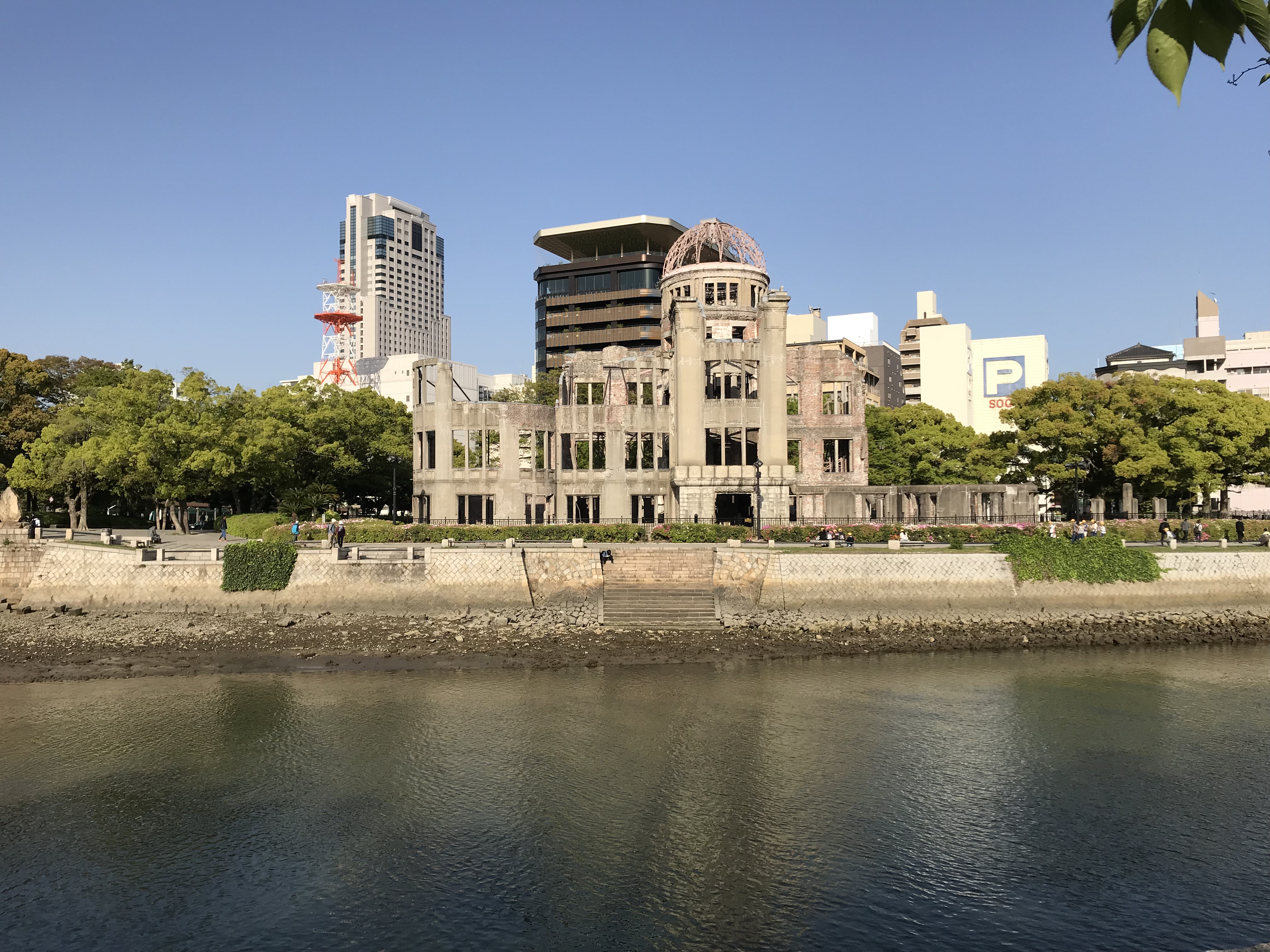
Some days just blend into the next, such as April 18 to April 19 since I didn’t get any sleep that night. That’s okay, I caught up on some emails, edited one of my old papers, and realized I have a long way to go in order to become a good writer (if you’ve read this blog, you know how atrocious my writing can be). I also spent the early-morning hours calling home and trying to figure things out. As I have alluded to throughout the Off to Tokyo! blog series, there’s a certain goal I want to achieve and I’m finally ready to go for it. But enough about that. I decided to stay awake, take a bath, get dressed, and check out of the Hotel Green Hakata 1 and walk across the street to Hakata Station. I struggled to stay awake as I waited for my train, Shinkansen Nozomi 16 bound for Tokyo. I wasn’t taking this fine bullet train to Tokyo, I was taking it to Hiroshima. When people think of Hiroshima, they think of it as the place where the world’s first atomic bomb was dropped during wartime. As controversial as that decision was then and remains now, dropping said bomb, as well as a second one over Nagasaki, led to the end of World War II and the beginning of modern-day Japan. There were only two items on my to-do-list while in Hiroshima; the first was to visit the Hiroshima Peace Memorial, where Little Boy was dropped, and the second was to visit the world-famous Itsukushima Shrine, famous for “floating” in the ocean during high tide.
Let’s start with the Peace Memorial. The memorial consists of a large park containing a museum, a victim’s memorial, and most famously, the “Atom Dome.” The Atom Dome is the only surviving building from the atomic blast. The bomb exploded about 2,000ft overhead this building, which allowed the building to survive. The occupants, however, were not so lucky. During the 1960s, residents of Hiroshima were rebuilding yet decided to preserve the Atom Dome as a memorial to the tragedy of that day. Keep in mind I’m oversimplifying the history here. In 1996, the park was named a UNESCO world heritage site and since preservation, the building has gone through some earthquake reinforcement. Overall, I couldn’t help but feel an incredible sense of humility as I gazed at this monument of human ingenuity. This building represented the first time in Human History when mankind could effectively destroy itself. Great, there’s no turning back now. I have visited other WWII sites in France back in 2015 and nothing compared to the awesome might this building represented. I spent the majority of my time in Hiroshima taking pictures and reflecting on history, all while staring at the world’s most significant symbol of human destruction.
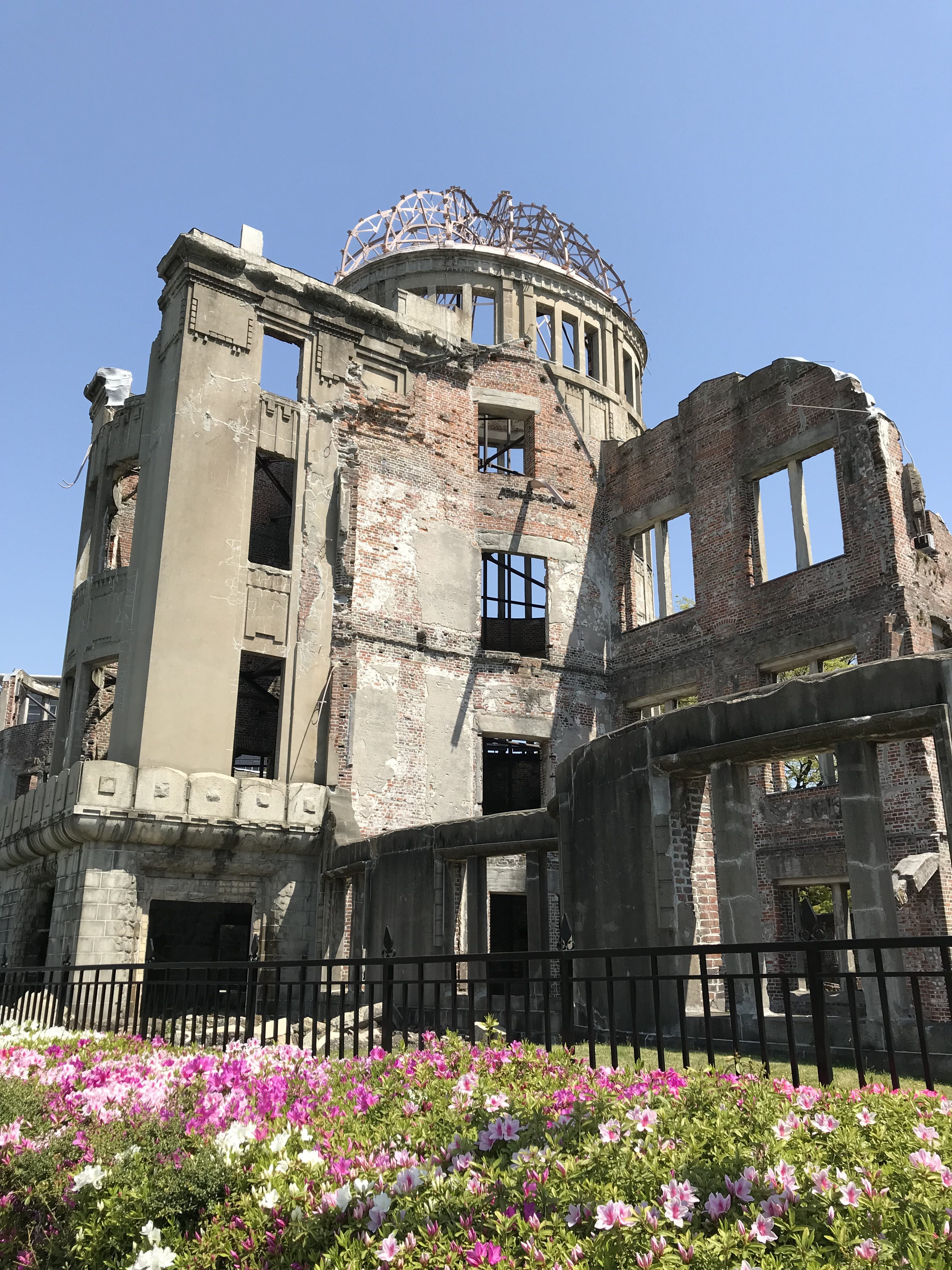

However, I spent about two-and-a-half hours exploring another UNESCO world heritage site: Itsukushima Shrine. Itsukushima Shrine is a Shinto Shrine built on top of a shallow beach. When the high tide rolls in, the shrine appears to be floating over the Pacific Ocean. When I arrived, however, it appeared that the tide was only coming in. I could see the structure’s wooden pillars but it didn’t take away from the incredible beauty of this shrine and its surroundings on Miyajima Island (Note: the word “Island” is redundant as “Jima” means Island in Japanese). In all honesty, I didn’t spend a lot of time at the Shrine. I spent about an hour exploring the neighboring town and decided to head back to the mainland to gaze at the Atom Dome some more.
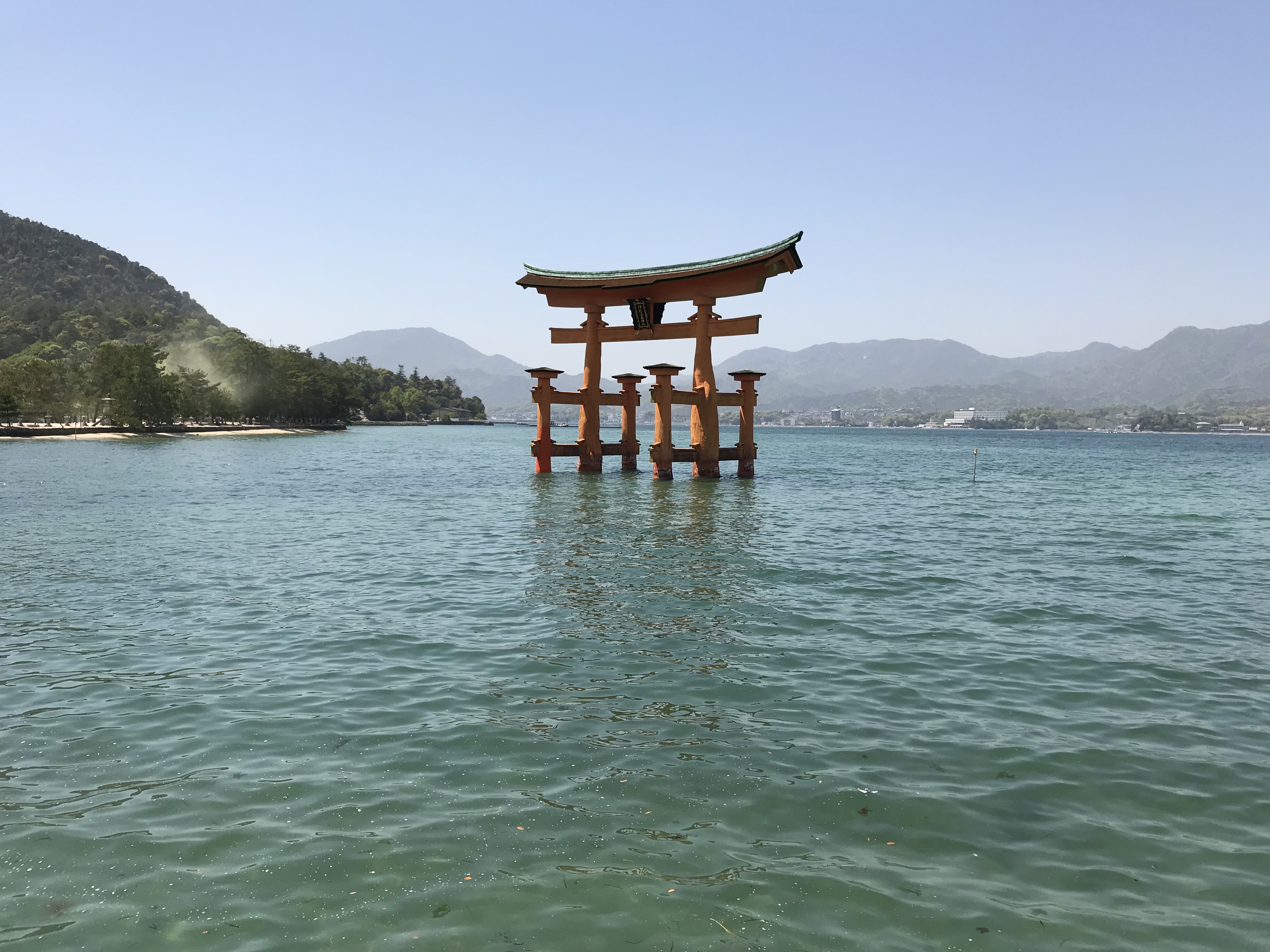
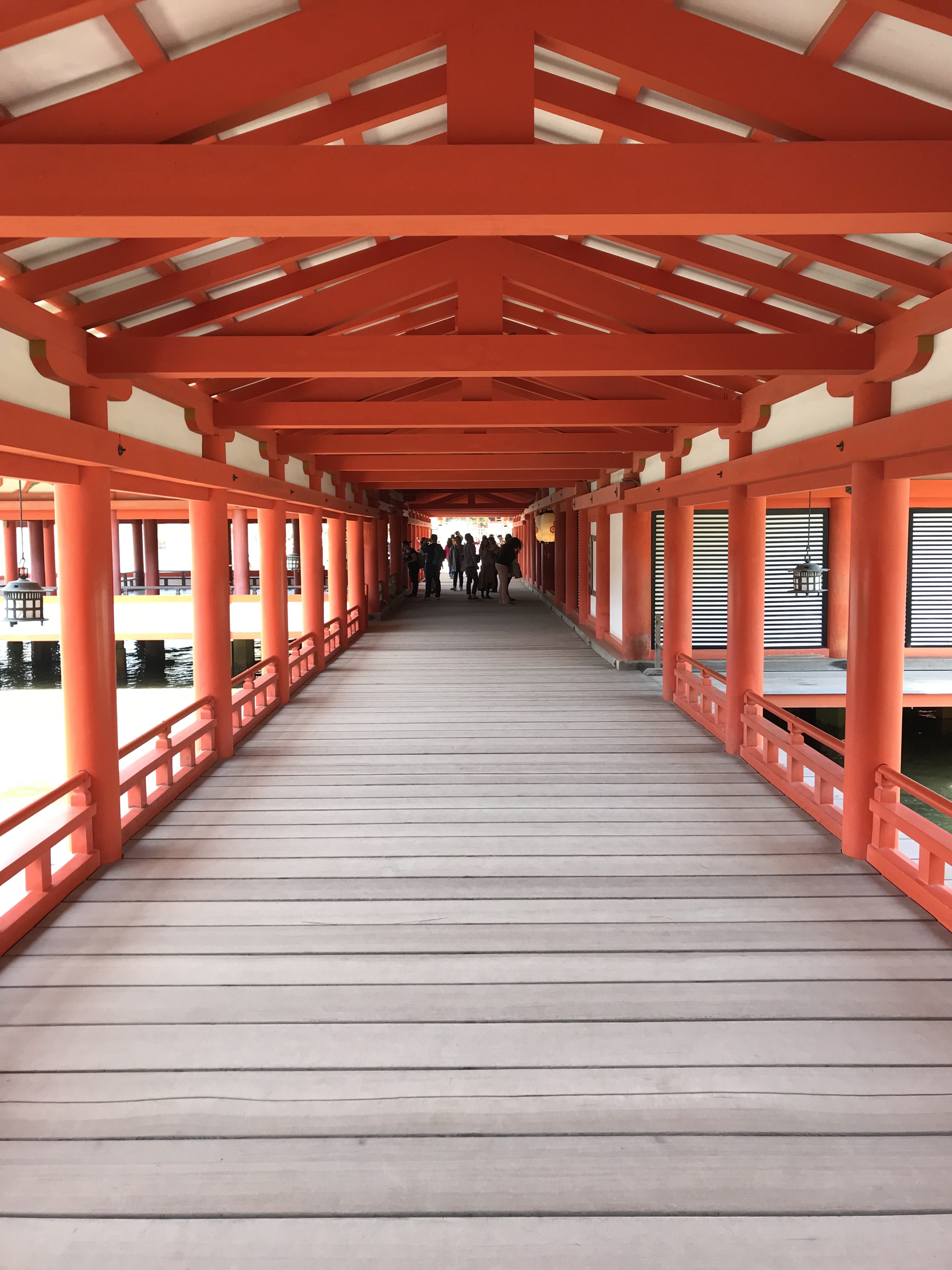
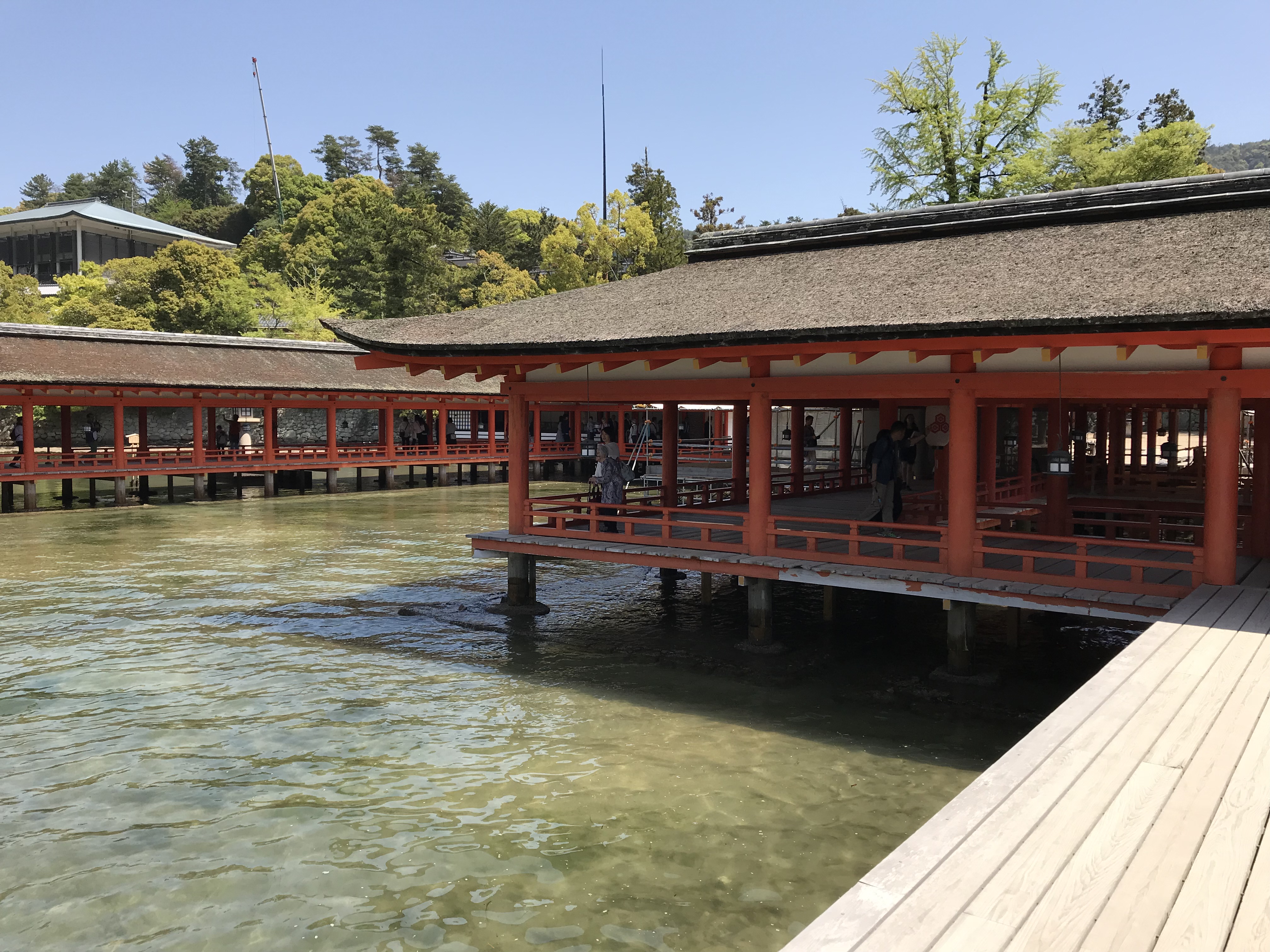
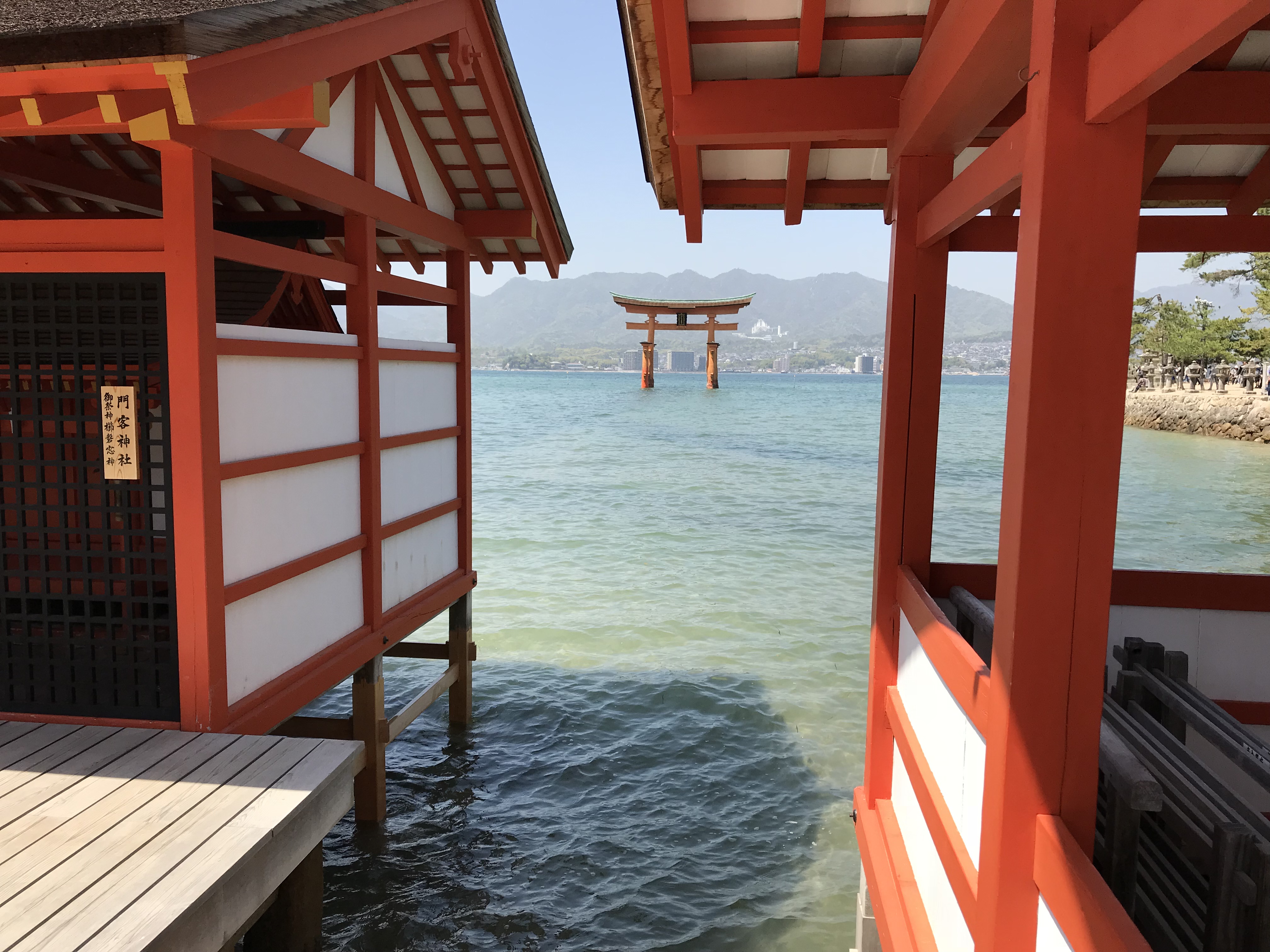
Unlike Fukuoka and Osaka, I did not book a hotel in Hiroshima. My time in this magnificent city, featuring streetcars, was spent between the hours of 10 AM to 7 PM. As the sun set, I boarded another Shinkansen, Nozomi 58 bound for Tokyo, to Shin-Osaka Station where I then boarded the Midosuji Line on the now privatized Osaka Metro to Namba Station to check into my hotel, Capsule Hotel ASTIL located in Dotombori (sometimes spelled “Dotonbori”). To be perfectly honest, I was not expecting so little privacy. However, my accommodation for the next two nights totaled less than $59 USD so it was worth it.
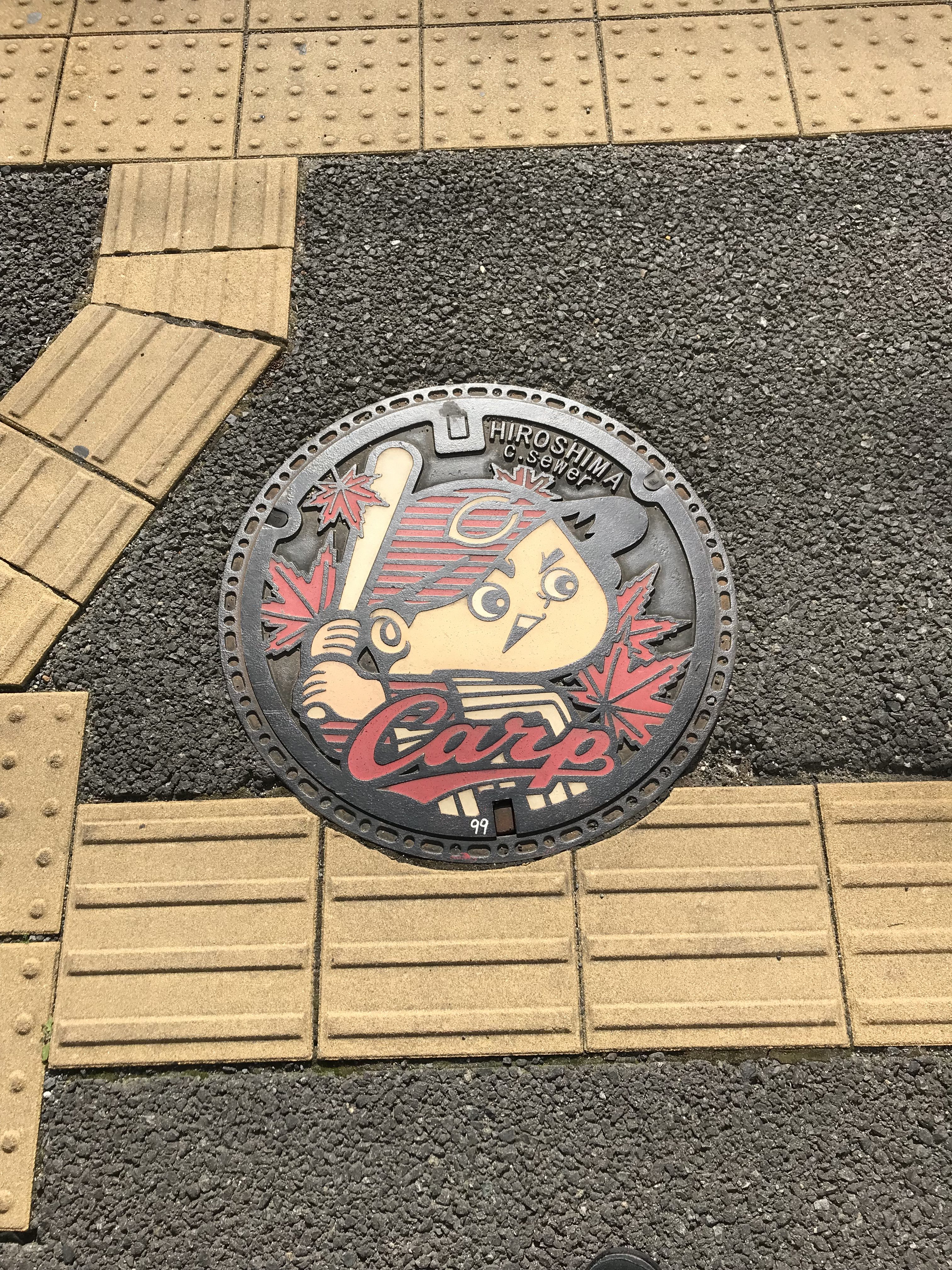
One Reply to “Fuku-Ro-Shaka! pt.3: Off to Hiroshima!”